Newsletters are having a moment. My inbox is near saturation point, and I still keep discovering more newsletters I want to subscribe to.
Based on a survey of 500+ newsletter operators and a handful of interviews with experts, I am sure of at least one thing: Newsletters aren’t going anywhere anytime soon.
If you want to start a newsletter, whether on behalf of a large business or your personal brand, I’ve built you a guide filled with data, expert advice, formats, and topic ideas. Let’s get started.
Table of Contents
- How to Develop a Newsletter Content Strategy
- What is newsletter content strategy?
- How to Develop a Newsletter Content Strategy
- Newsletter Content Trends
- Newsletter Content Ideas
What is newsletter content strategy?
If you have, or are planning to start, a B2B newsletter, devote some time to your content strategy. It will evolve and change over time as you figure out what hits best with your audience, but a solid foundation will set you up for newsletter success.
B2B newsletters serve a very different purpose from email marketing or email promotions. Think of the latter like more traditional marketing, where you’re alerting existing customers to sales or other events and trying to get readers to click out of the email.
On the other hand, the value of B2B newsletters is typically self-contained — that is, your audience can read your B2B newsletter and get something out of it without having to click out.
That’s not to say that B2B newsletters never have external links — but the really good ones will curate those links for their audience and balance them with valuable content.
B2B newsletters are an exercise in trust-building, and they require long-term nurturing and planning.
It follows that your content strategy has to be reader-focused, not brand-focused.
I’ll use HubSpot’s Masters in Marketing newsletter as a frequent example throughout this guide, since I’ve been working on it for about six months now. (If you don’t subscribe yet, come join us! We have fun.)
Newsletter subscribers are arguably your most valuable audience. Every subscriber has opted in, demonstrating some level of trust in your expertise and/or your brand.
If you want to keep and grow that audience, you’ve got to meet and exceed their expectations for content that’s both enjoyable and useful.
Former HubSpotter and newsletter expert Brad Wolverton points out another benefit to newsletter subscribers. “You own the audience,” he says. “You control the message, but you can also learn a lot about that audience and how to cater to their needs.”
That feedback loop can inform other aspects of your marketing and content strategies.
If you take nothing else away from this article, let it be these guidelines:
- Provide value within your email.
- Stick to a regular publishing schedule.
- Focus on educational content.

As you work through the outline below, be sure that you’ve identified and defined the roles of all stakeholders and provided space for discussion. (We love a responsibility matrix here at HubSpot; they’re incredibly useful during these discussions.)
Although you want to be confident in your answers to these questions, try to avoid rigidity. Newsletter trends come and go, audiences shift, even business objectives change. Revisiting and revising this outline post-newsletter launch isn’t a sign of failure, it’s a sign of adaptability.
1. Define your content objectives and voice.
Build a customer profile.
When we were developing the content objectives for the Masters in Marketing newsletter, HubSpot senior director of marketing Kyle Denhoff said, “Most of HubSpot’s customers are small- and mid-sized businesses that won’t have big-brand advertising budgets.”
Denhoff says that by talking to our customers and evaluating how our Marketing Blog performed, we determined that Masters in Marketing is speaking to digital marketers — “people who operate channels like websites, social media, email, SEO, and content marketing. And that helps us with editorial pillars and topic selection,” he says.
“We decided to focus more on stories about social media marketing than national TV ad campaigns, for example. It’s just too expensive for our target customer.”
Denhoff also suggests looking at demographic data and media diet to develop your customer profile. Here’s what ours looked like for Masters in Marketing subscribers:

Describe your newsletter’s personality.
What are four words that describe your voice, and four words that describe what your voice isn’t?
There are fun ways to approach brand personality exercises: If your newsletter drove a car, what kind would it be? If it was a meal, would it be fine dining or fast casual? (Bonus tip: Duolingo’s style guide includes a section on brand personality, and it’s excellent for these types of questions.)
However you get there, I find that landing on a list of adjectives is the most useful. If your customer profile is 20-somethings, your voice might be youthful and irreverent. If you’re catering to C-suite execs, it might be more buttoned up.
It’s also helpful to define what your newsletter isn’t. For instance, we decided that Masters in Marketing was not arrogant, presumptuous, repetitive, or boring. These guidelines are just as helpful, especially with multiple writers involved.
Know how you want your readers to feel.
This isn’t as mushy or subjective as it sounds at first glance. Do you want your readers to feel energized and ready to spring into action? Do you want them to feel contemplative and introspective?
We want our Masters in Marketing readers to feel like what they do matters — marketers are often relegated to “sidekick” roles, and we wanted to build a newsletter that was empowering and energizing. When we research people to feature, we look for experts who can give our readers a “secret weapon” that helps them elevate their marketing.
As with users of HubSpot’s customer platform, we want our newsletter readers to be surprised and delighted. This is central to our editorial approach; we’re specifically looking for marketers who are doing things differently.
Sharpen your elevator pitch.
You know who you’re writing for, you know how your readers should feel, but … what exactly are you writing about? If you’re planning on launching a newsletter, you probably started with something like an elevator pitch. Has anything changed as you worked through the first part of this outline?
List the hallmarks of a great newsletter.
In other words, when you write a great newsletter, how do you know it’s great? Masters in Marketing is personality-driven, and even though it packs a punch, we keep the format light and skimmable. We decided on a lesson-based format that delivers on both of those promises.
Identify your niche.
I love SWOT analyses because they help answer the question of where your newsletter fits in against the competition. What are your competitors doing well? What can you do better, or what can you do that they can’t?
Don’t be afraid to go super niche. Depending on your other goals and strategies, a small but focused subscriber base can be as or more valuable than a large subscriber base with broad interests.
In an article I wrote on B2B newsletters, I found that the Ferrari Market Newsletter earns a reported $2 – $4 million in yearly revenue — with only about 5k subscribers.
Balance promotional and creative content.
If you have content offers, sponsorships, or other external links, how will that be balanced against the newsletter content itself?
Recall that readers don’t want to click out of your email. So if you’re including links, they better be darn good ones.
Develop and enforce editorial and brand guidelines.
What editorial or brand guidelines are in place, and how will those be implemented and enforced? You likely already have guidelines for your brand, but consider whether the newsletter will translate those into a more personable voice, who will edit the newsletter, and other practical concerns.
This could even include logistics like what day(s) of the week you’ll send your newsletter.
In a HubSpot survey of nearly 400 marketing and advertising professionals between October 2023 and May 2024, emails sent on Mondays and Tuesdays performed the best.

These are not absolutes. I once worked for an organization with many subscribers in a country where the workweek began on Sunday, which made Sunday one of our best-performing days for sending emails.
2. Define your editorial approach.
How will you achieve a personal, authentic voice?
I’ve spoken several times with Lia Haberman, the founder of the ICYMI newsletter and a recent master in marketing. She’s always emphasized this point: Hire creative writers. Readers don’t want to read marketing copy or comms-approved messaging.
Decide on content and format types.
Will you provide narrow focus, broad coverage, expert insights and interviews, etc.?
Even loosely defining the scope of your newsletter will help you maintain the consistency readers are looking for.
3. Identify monetization strategies.
How will your newsletter support existing business offerings? Will it be paid, freemium, and/or have ads or sponsorships? Will you promote it across other platforms?
Alexis Grant, who founded the newsletter They Got Acquired, told me that because she has an engaged, niche audience, she’s been very successful selling sponsorship space, even though her subscriber base is a relatively modest 7k+.
“When people think about media and content businesses, they’re often planning to monetize through advertising or sponsorships, which require having a massive audience to make it work.”

But newsletters are different, she says. “You don‘t have to do that with a B2B newsletter. And that’s kind of why I love them. There’s so many different ways to monetize.”
4. Use the anatomy of an effective newsletter.
Key Elements
There isn’t one single correct way of organizing an email newsletter, but there are a few key building blocks, according to HubSpot’s Ultimate Guide to Email Newsletters:
- From Line. This includes both the “from” name you see in your inbox as well as the email address the newsletter is sent from.
- Subject Line and Preview Text. This is your best shot at hooking readers. Keep it short, natural, and start a story that your readers want the ending to.
- Eyebrow. The greeting before your main headline should draw people in. It also might reflect your main branding.
- Body Copy. The bulk of your email should be easy to read — think short sentences and paragraphs, bullet points and bolding, and a personality-driven tone.
- Images. Images can break up text, show off branding, grab readers’ attention, and even inspire them to share.
- Calls to Action / Linked Text. Rein it in! Too many links can overwhelm, so use them carefully and strategically. Links should always benefit your readers.
- Social Sharing. Make it easy for your readers to share with their friends and networks.
- Request for Feedback. Asking readers for feedback builds a stronger relationship with them, and it helps you build a stronger newsletter.
Pro tip: This anatomy lesson comes from the HubSpot pros who produced the excellent free ultimate guide to newsletters. It has a lot more details and examples on the nuts and bolts of newsletter writing.
Newsletter Content Trends
In our survey of 500+ independent newsletter operators, we asked what formats drove the highest of five metrics: open rate, click rate, revenue or profit, driving website traffic, and conversion rate.
Two of the top-performing formats were expert Q&As or interviews and listicles, step-by-step guides, recipes, or tutorials.

We asked respondents about a total of 11 newsletter formats:
- Expert Q&As or Interviews
- Influencer Takeovers
- Listicles, Step-by-Step Guides, Recipes, or Tutorials
- Image-based Content or Infographics
- Video-based Content
- Mixed Media Content
- Long-form Articles or Deep Dives
- Two to Three Short- to Medium-Form Articles
- Quote or Stats Roundups
- Lists of Short Blurbs Followed by Related Links
- Interactive Content
There’s lots more where this came from — check out our free download on the future of newsletters — but here’s how every format drives open rates, according to 500+ newsletter operators:

That doesn’t mean you should abandon your great idea for a newsletter that curates long-form articles or deep dives. You know your audience best, and open rates are just one metric.
Based on the survey results and the subject-matter interviews I conducted, here’s some trends in newsletter content strategy that we’re seeing:

1. Shift Toward Person-centric Content
Remember that you’re writing for real people — other people like you — and tell the stories you’d want to read.
2. Importance of Niche Targeting
Developing a small but engaged audience may be more valuable to the future of your business. Build trust and loyalty by offering something that nobody else can.
3. Creator-style, Personality-driven Content
Personality and expertise are why you sign up for newsletters like Anne Helen Peterson’s Culture Study or John Paul Brammer’s ¡Hola Papi! — they’re good writers with smart, critical takes on culture, and they’re fun to read. Take a page from their notebooks, even if you’re writing about car gaskets.
4. AI-driven Segmentation Techniques
In the age of AI-powered personalization, there’s no excuse for treating your email subscribers like a monolith. Take advantage of technology to segment by geographic location, interests, or behaviors. Read more about AI segmentation tools.
5. Metrics Beyond Traditional Email Marketing
Click-through rates aren’t yet a KPI of the past, but marketers are recognizing the long-term value in metrics like:
- Subscriber growth and health
- Organic buzz and conversation
- Social media mentions
- Reader engagement and replies
Newsletter Content Ideas
1. Interview-based Content
Examples: Masters in Marketing (HubSpot), Lenny’s Newsletter (Lenny Rachitsky), Link in Bio (Rachel Karten)

Lenny’s Newsletter, which features lots of expert interviews, immediately names and contextualizes each expert at the top of the email (see above).
There’s a link to listen to or watch the full interview, but there’s also a skimmable list of bulleted takeaways for easy reading.
Pro tip: Identifying, reaching out to, and interviewing experts can take quite a bit of time, so give yourself a long lead for interview-based content. On the plus side: If you’re the sole newsletter writer, interviews are a great way to bring in new perspectives, opinions, and ideas.
2. Expert Insights and Case Studies
Examples: Newsletter Examples (Brad Wolverton), After School (Casey Lewis), Really Good Emails (Matthew Smith)

Really Good Emails is really good at two things: Sharing really good emails, and making really good GIFs.
Aside from the focused case studies, CEO Matthew Smith & co. are enjoying themselves, and it shows — which keeps it on my subscription list.
The intros are grabby and full of personality, which gets readers excited about case studies, which have a (perhaps unearned) reputation as being a bit dry.
Pro tip: If you have niche expertise, this is your time to shine. The best newsletters in this category provide expertise and commentary that you really can’t get anywhere else.
3. Personal Stories and Behind-the-Scenes Updates
Examples: Kayleigh Moore’s newsletter, Craft Talk (Jami Attenberg)

Kayleigh Moore’s newsletter, about all kinds of writing, starts with a personalized greeting. Moore then immediately launches into a behind-the-scenes experience — writing questions she gets asked — and promises a quick lesson just for you.
Pro tip: Even if the topics are outside your industry, I recommend subscribing to a few newsletters that indulge your own interests and hobbies, whether that’s pizza or pop culture or pottery. Regularly reading different writing styles on diverse topics will only make you a better newsletter writer.
4. Industry Trend Analysis
Example: ICYMI (Lia Haberman)

Lia Haberman, one of the experts I talked to for this article, does a particularly good job getting a lot of industry trend analysis and updates into one email.
Headings are clear and consistent from email to email, and she uses emoji, bullet points, and bold type to make sure her one-second summaries really do take one second to read.
Pro tip: Another category for the niche experts to strut their stuff, industry trend analysis has to be skimmable and fun to read. No matter how much you want to know about a particular industry, it’s unlikely you’ll have time for a deep dive on your morning commute.
5. Educational Content Tailored to Specific Audience Segments
Examples: They Got Acquired (Alexis Grant), The Freelancer’s Year (Lindy Alexander)

They Got Acquired founder Alexis Grant, who I also spoke with for this article, has a very specific focus: It “shares stories of companies that sell for $100,000 to $50 million, revealing insights that lead to life-changing exits.”
Having a captive niche audience means that even though Grant has a relatively small number of subscribers, they’re very valuable, both to her and to sponsors.
Pro tip: Alexis Grant uses an AI segmentation tool to make the most of her educational content. New subscribers are invited to take a survey that narrows down their demographics, and she can segment accordingly.
6. Actionable Resources (Reports, Guides)
Examples: SEOFOMO (Aleyda Solís), Work Life (Atlassian)

Atlassian, the makers of Trello, has a twice-monthly newsletter with announcements, tips for a more productive work life, and stories from its own playbook.
It’s a combination of several kinds of newsletters mentioned here, and that blend makes it more fun to read than just a report or guide.
Pro tip: These newsletters may be harder for a sole operator to maintain, particularly if you’re doing original research and/or creating robust reports or guides.
Build Your Own Newsletter Content Strategy
Now that you’re armed with knowledge (and a lot of data), it’s DIY time.
Remember the three critical guidelines, which every newsletter expert I’ve spoken to has reiterated: Provide value within your email, stick to a regular publishing schedule, and focus on educational content.
Here’s one more: have fun writing it.
Because if you’re enjoying it, chances are that your customers will, too.
![]()

![Download Now: The Future of Newsletters [Free Report]](https://i4lead.com/wp-content/uploads/2024/12/58c8c1bb-6a8c-44a9-8d37-7800956eccc6.png)

















































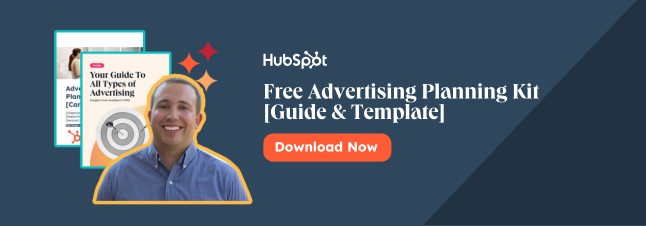
![Download Now: The Annual State of Artificial Intelligence in 2024 [Free Report]](https://i4lead.com/wp-content/uploads/2024/12/b72f2b25-8cc9-4642-9a1b-1e675d3d273b-2.png)




























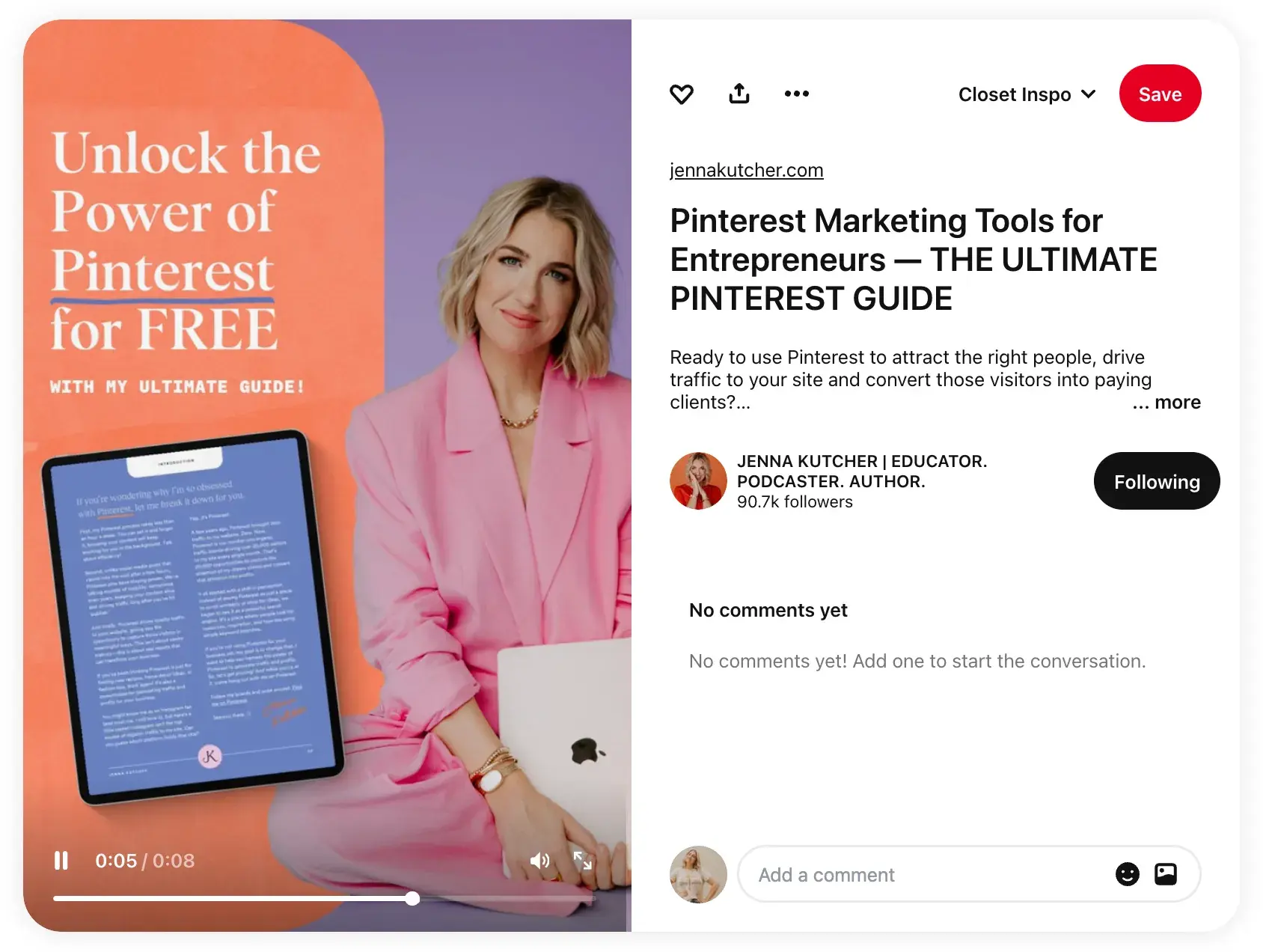
![Download Now: The Annual State of Artificial Intelligence in 2024 [Free Report]](https://i4lead.com/wp-content/uploads/2024/12/b72f2b25-8cc9-4642-9a1b-1e675d3d273b-1.png)
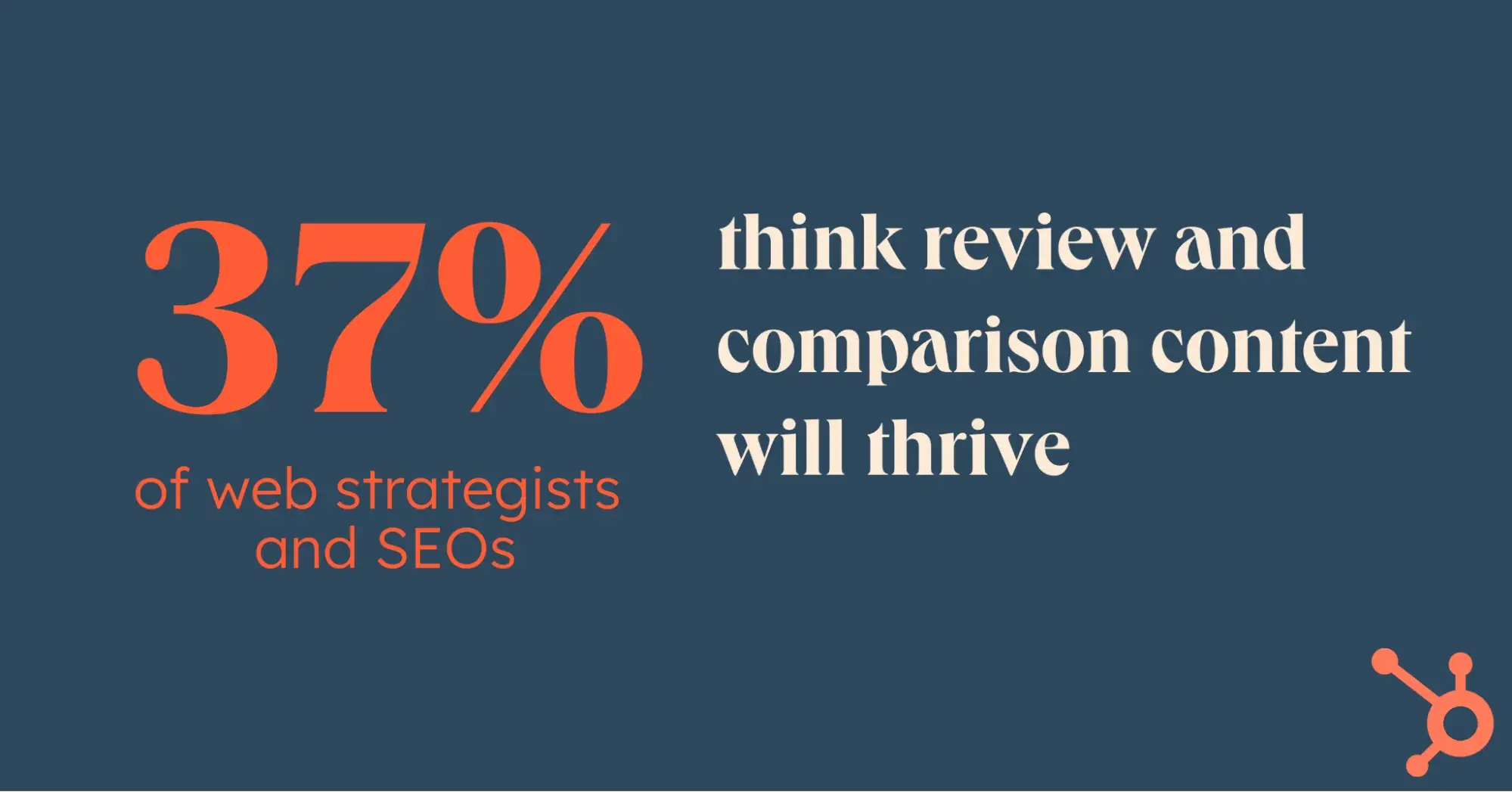

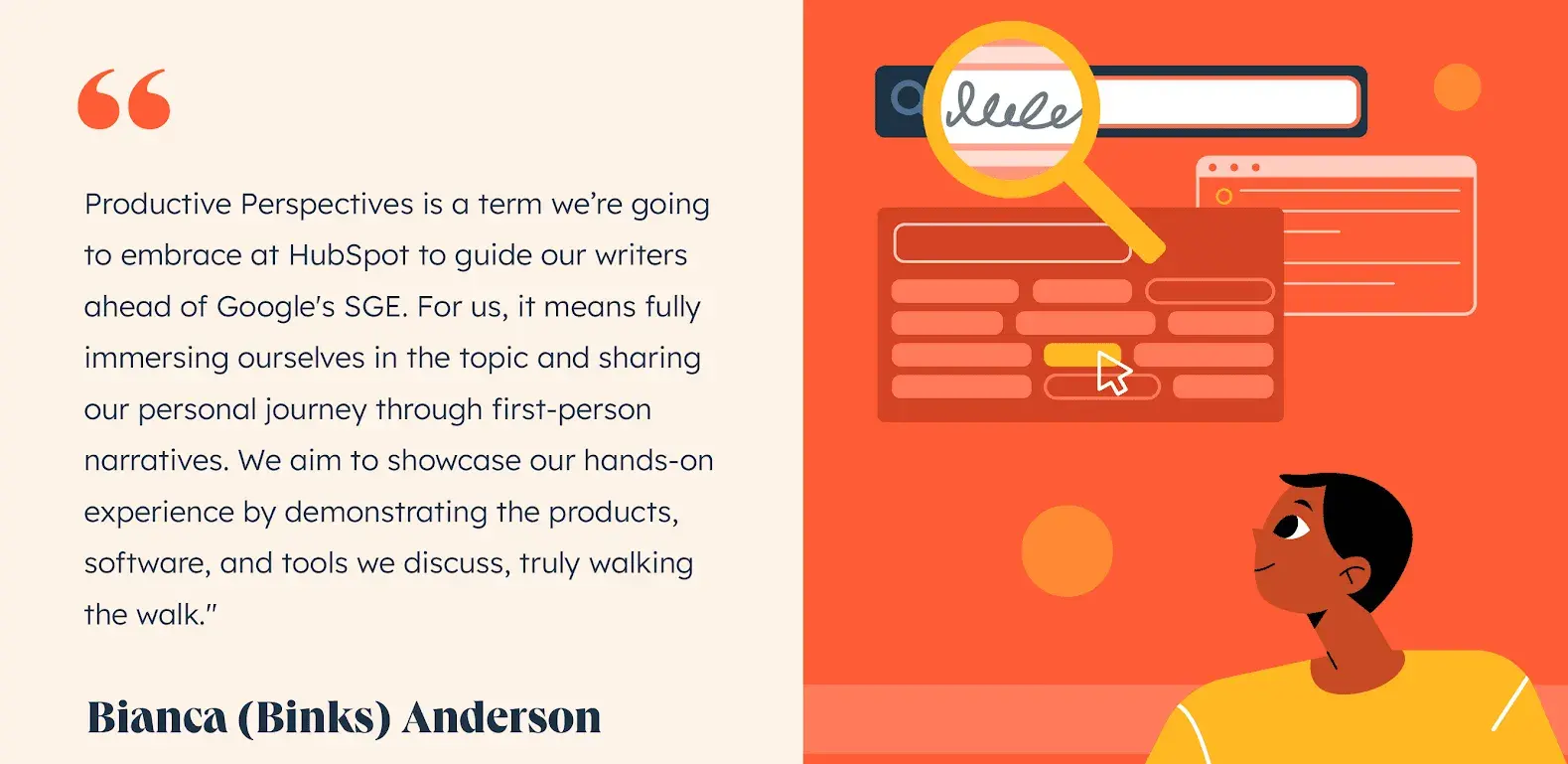
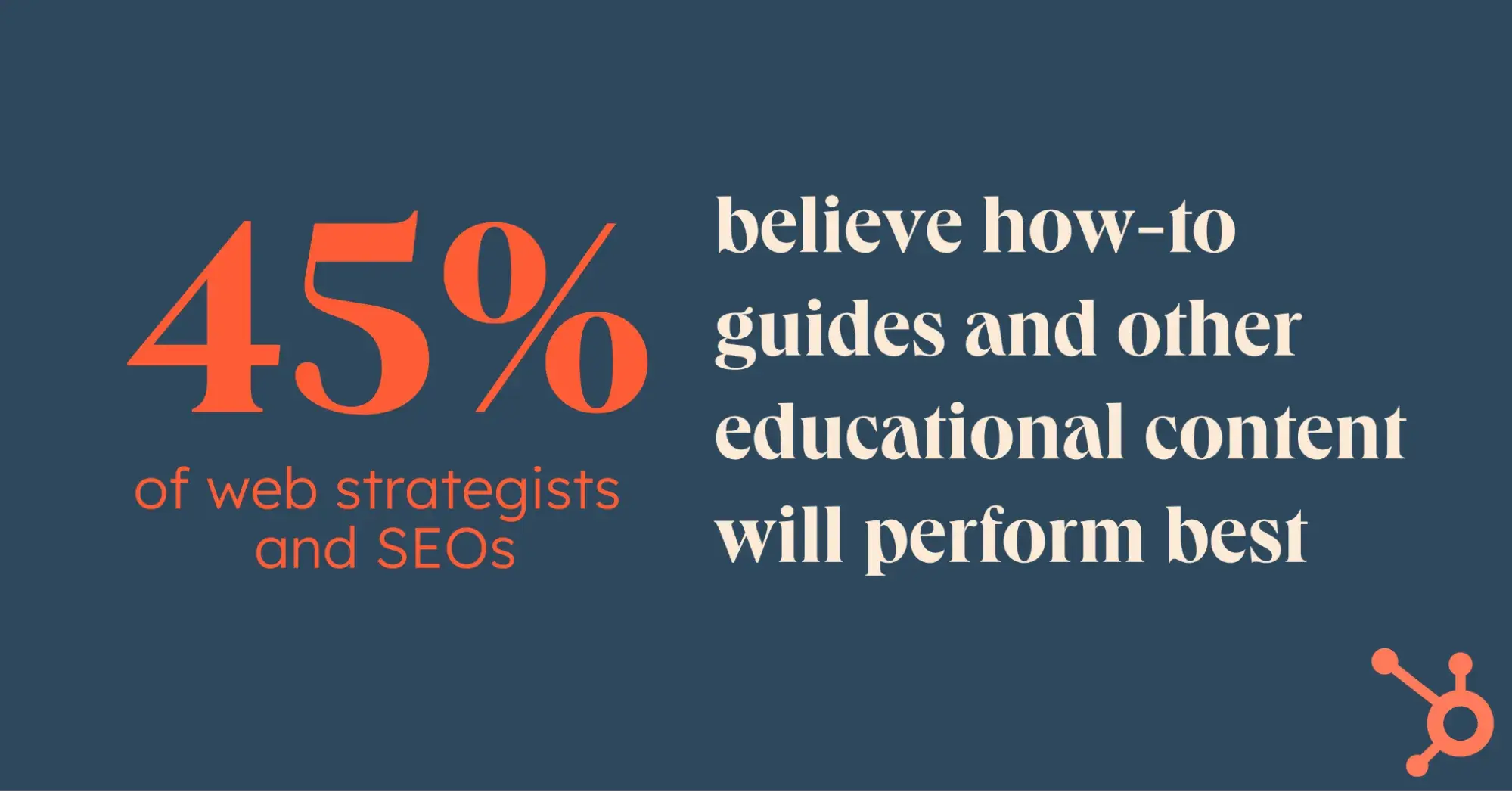
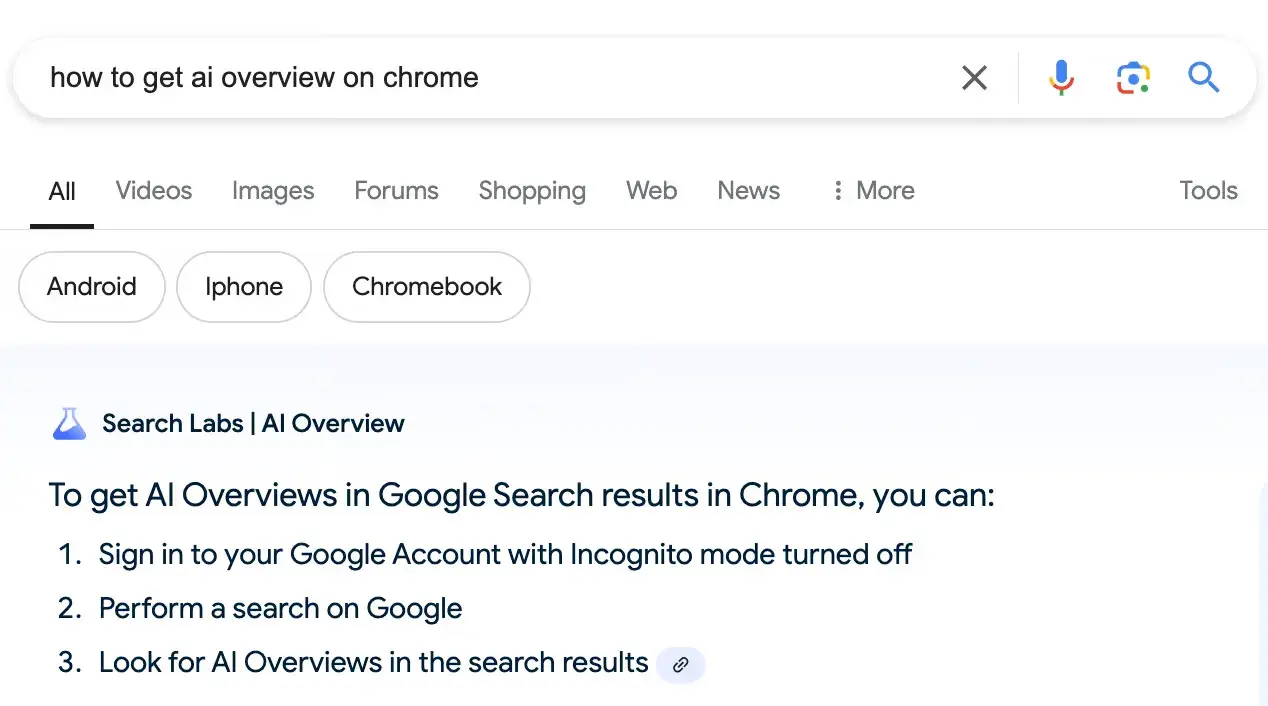
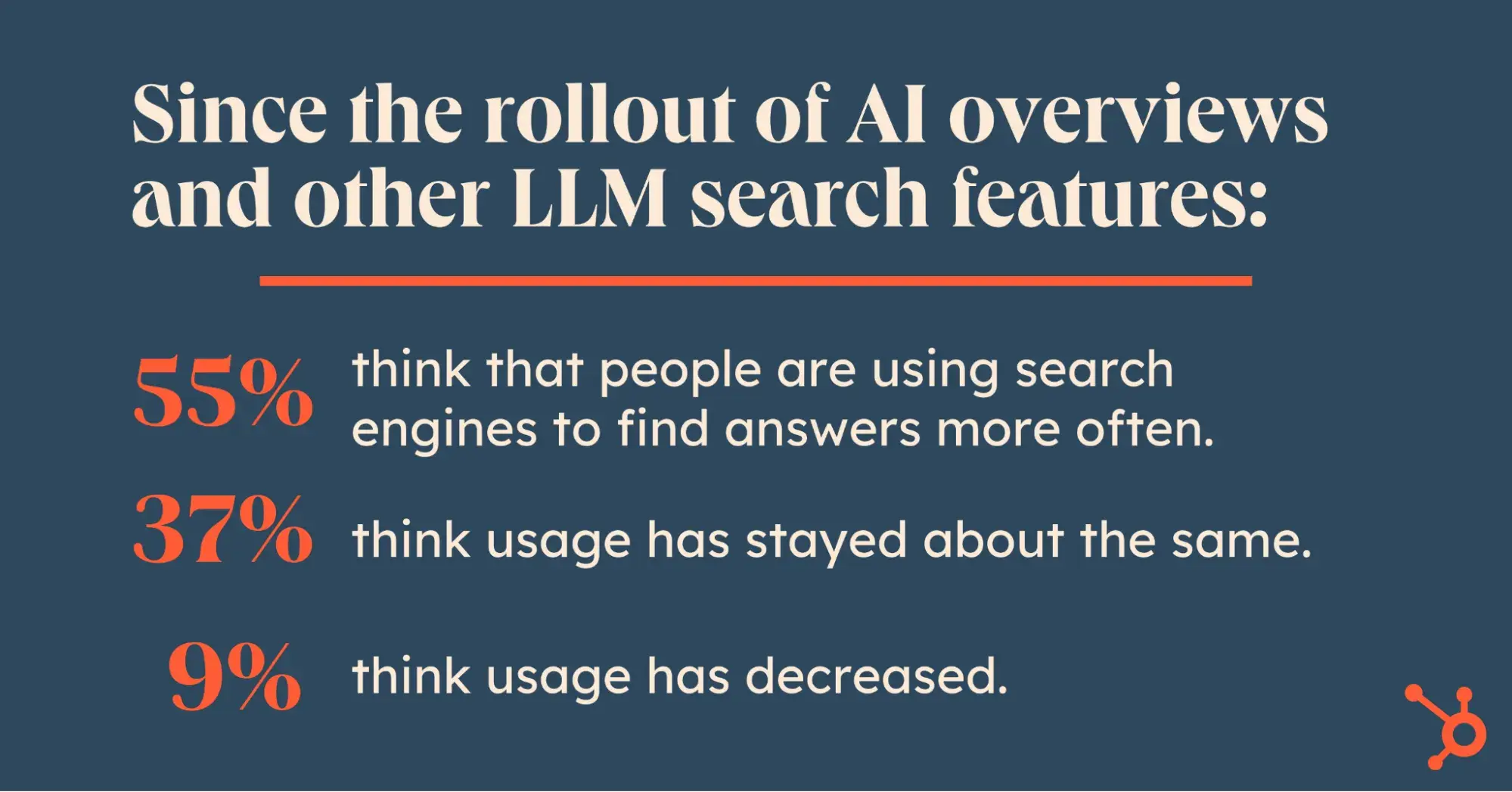
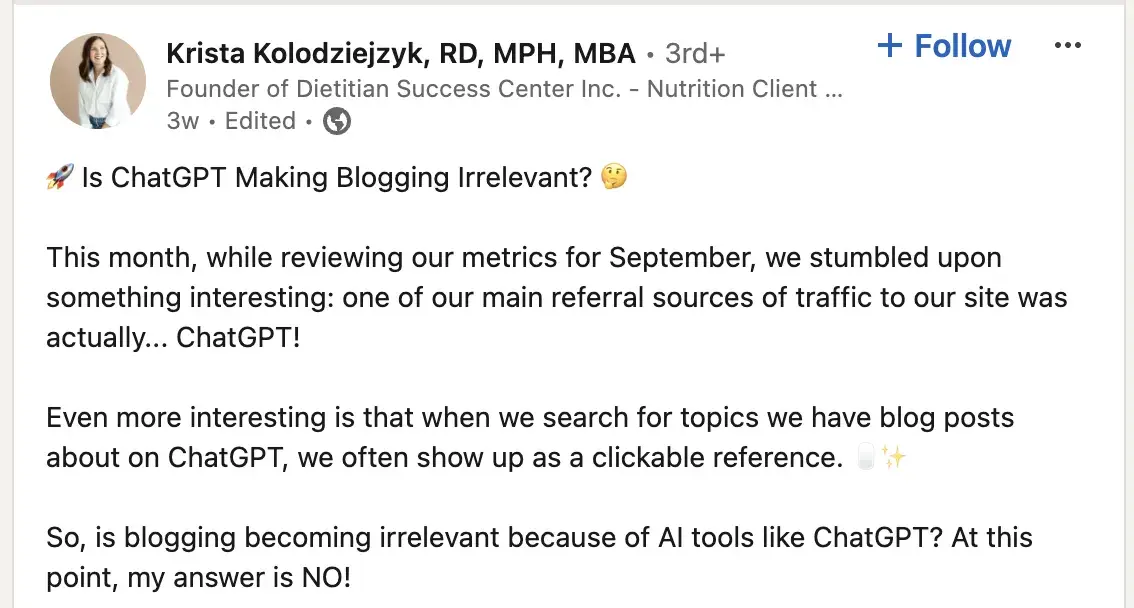
![Download Now: The Annual State of Artificial Intelligence in 2024 [Free Report]](https://i4lead.com/wp-content/uploads/2024/12/b72f2b25-8cc9-4642-9a1b-1e675d3d273b.png)


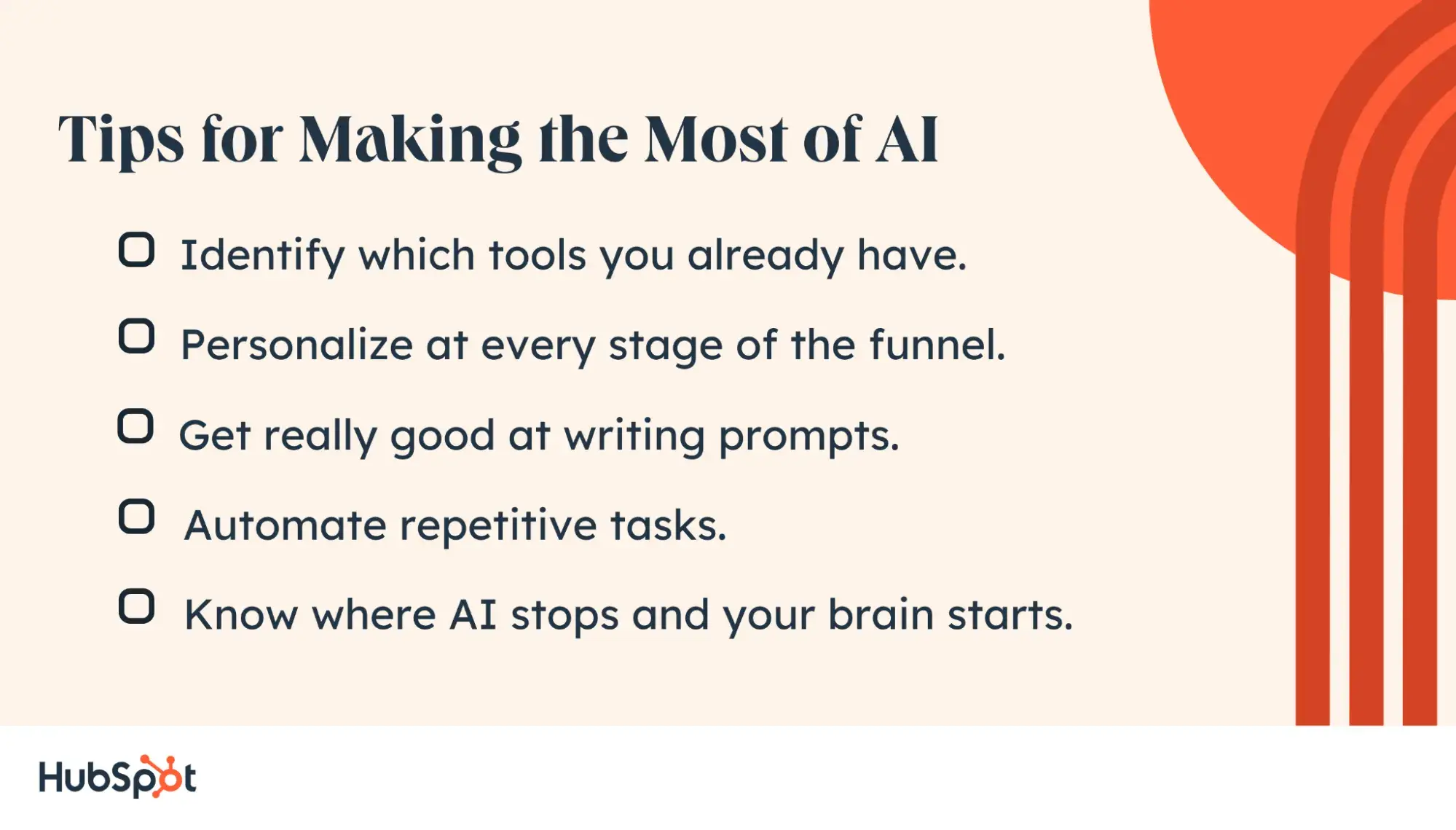
![Download Now: Free Marketing Plan Template [Get Your Copy]](https://i4lead.com/wp-content/uploads/2024/11/aacfe6c7-71e6-4f49-979f-76099062afa0-4.png)








